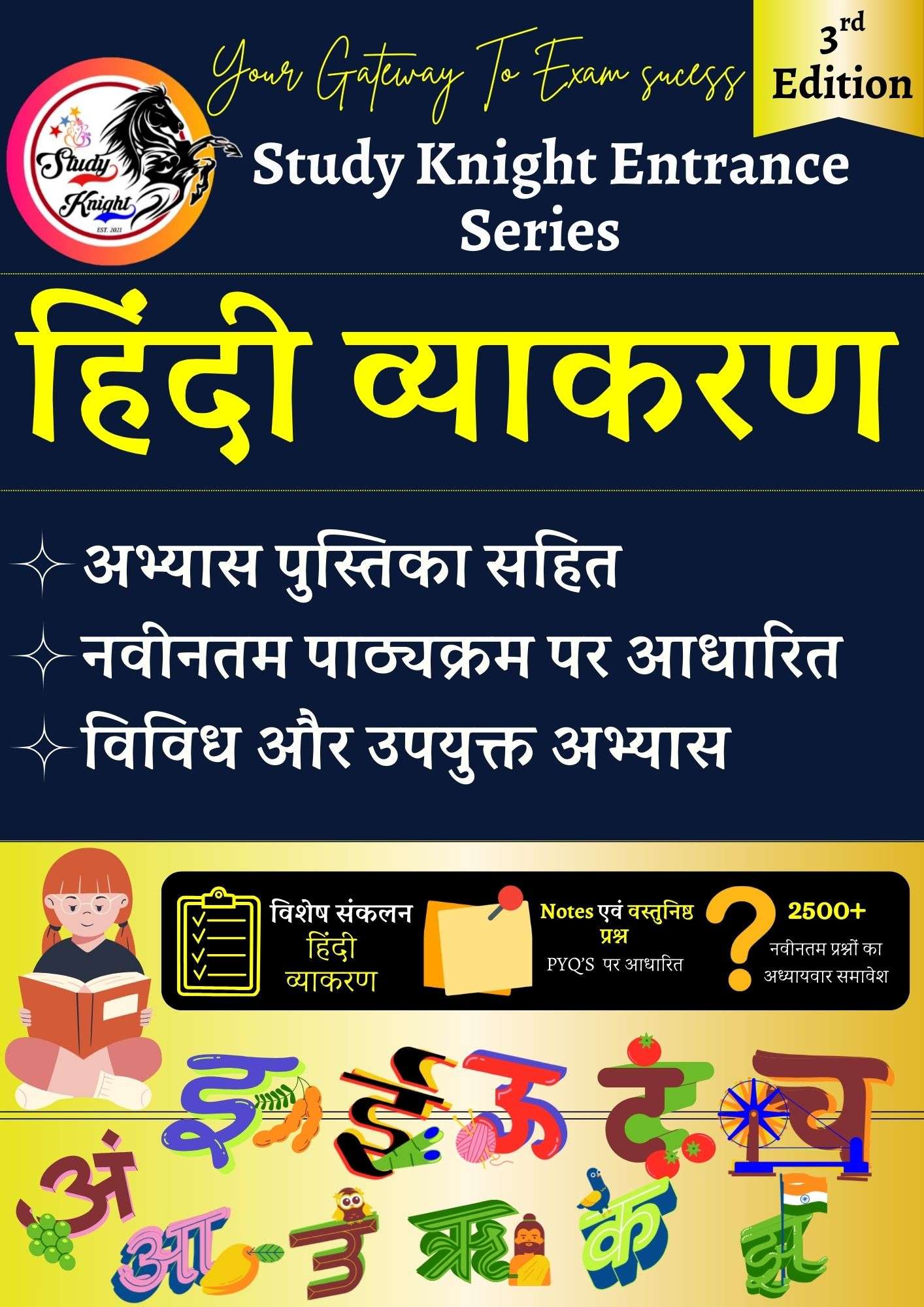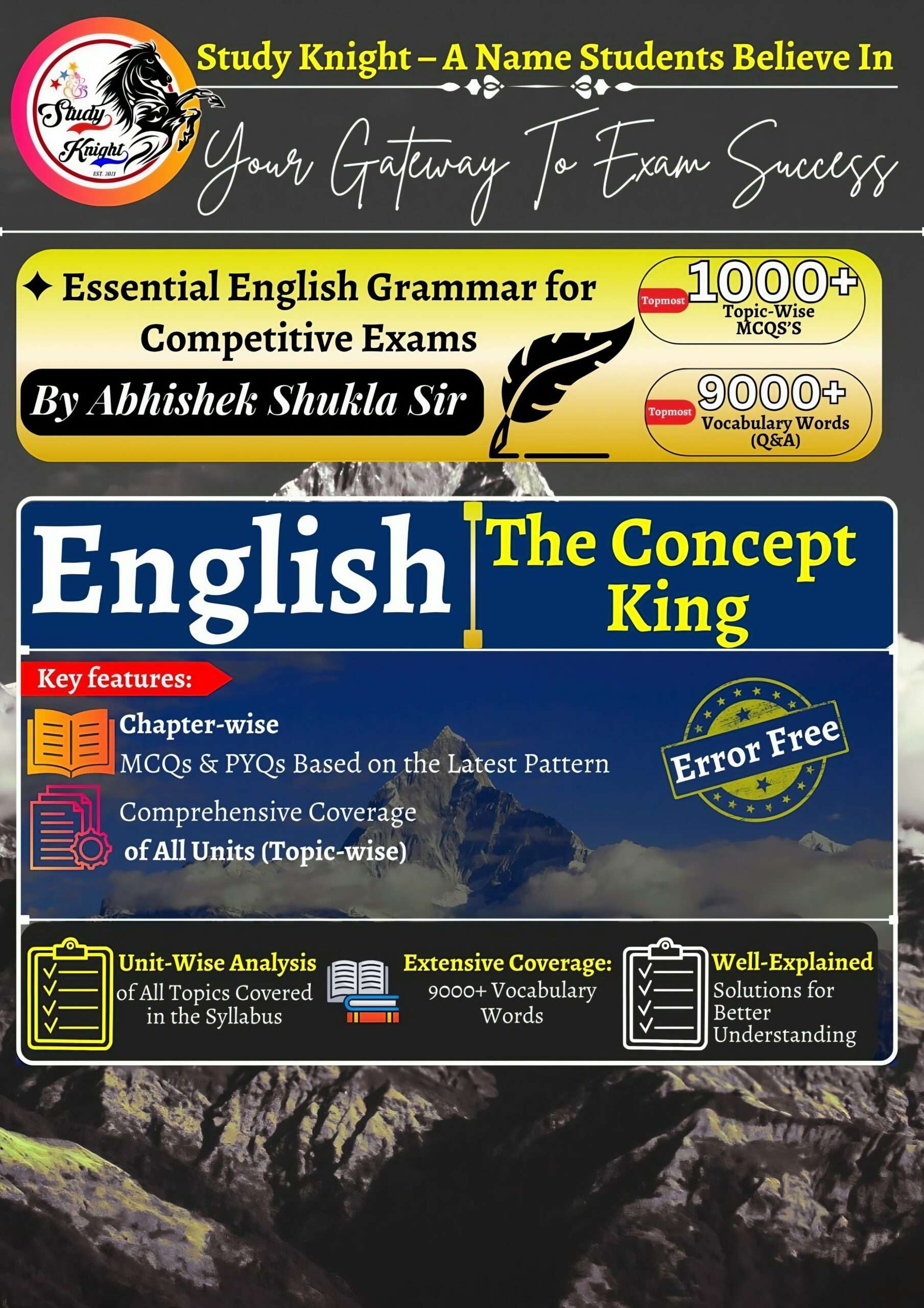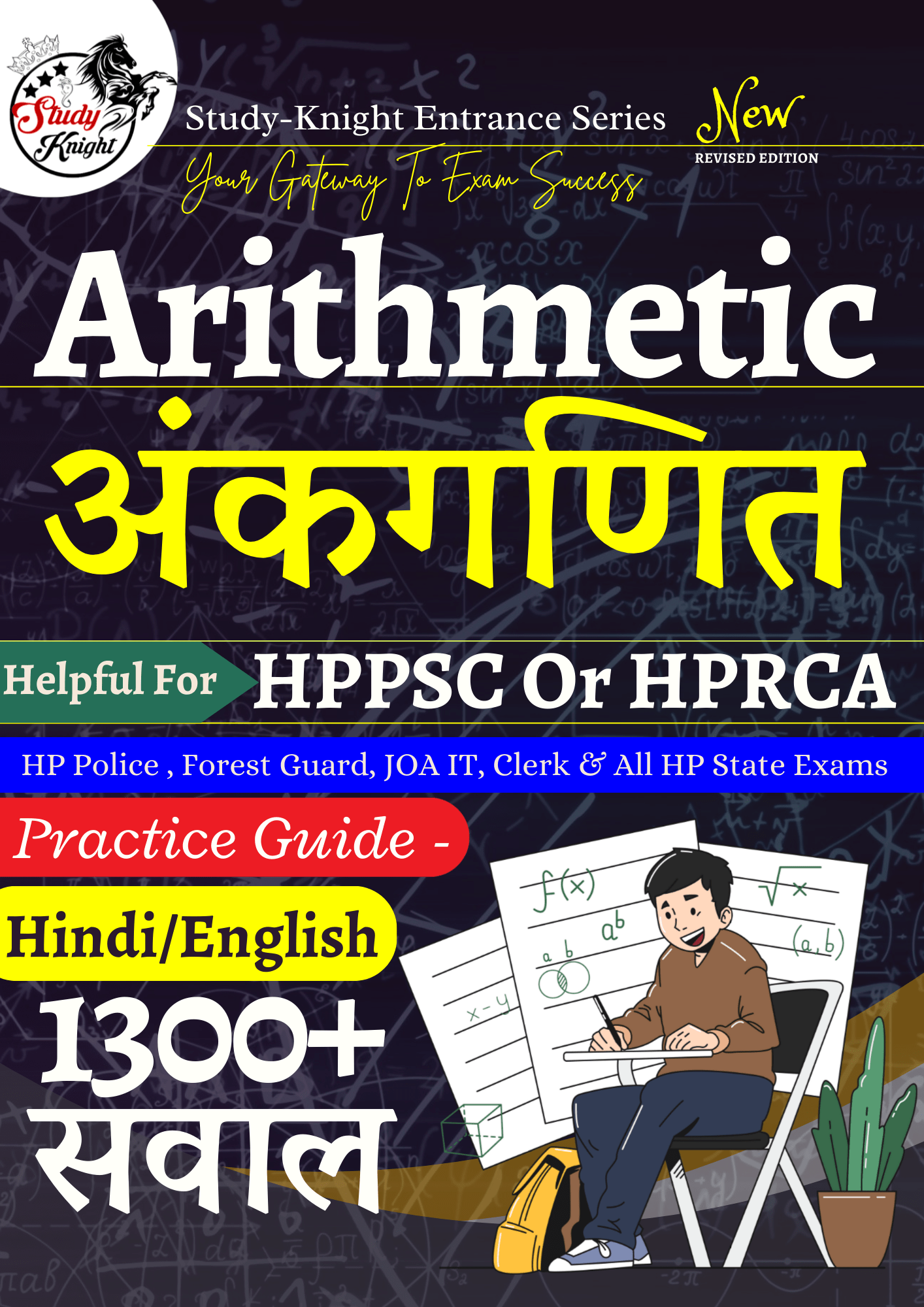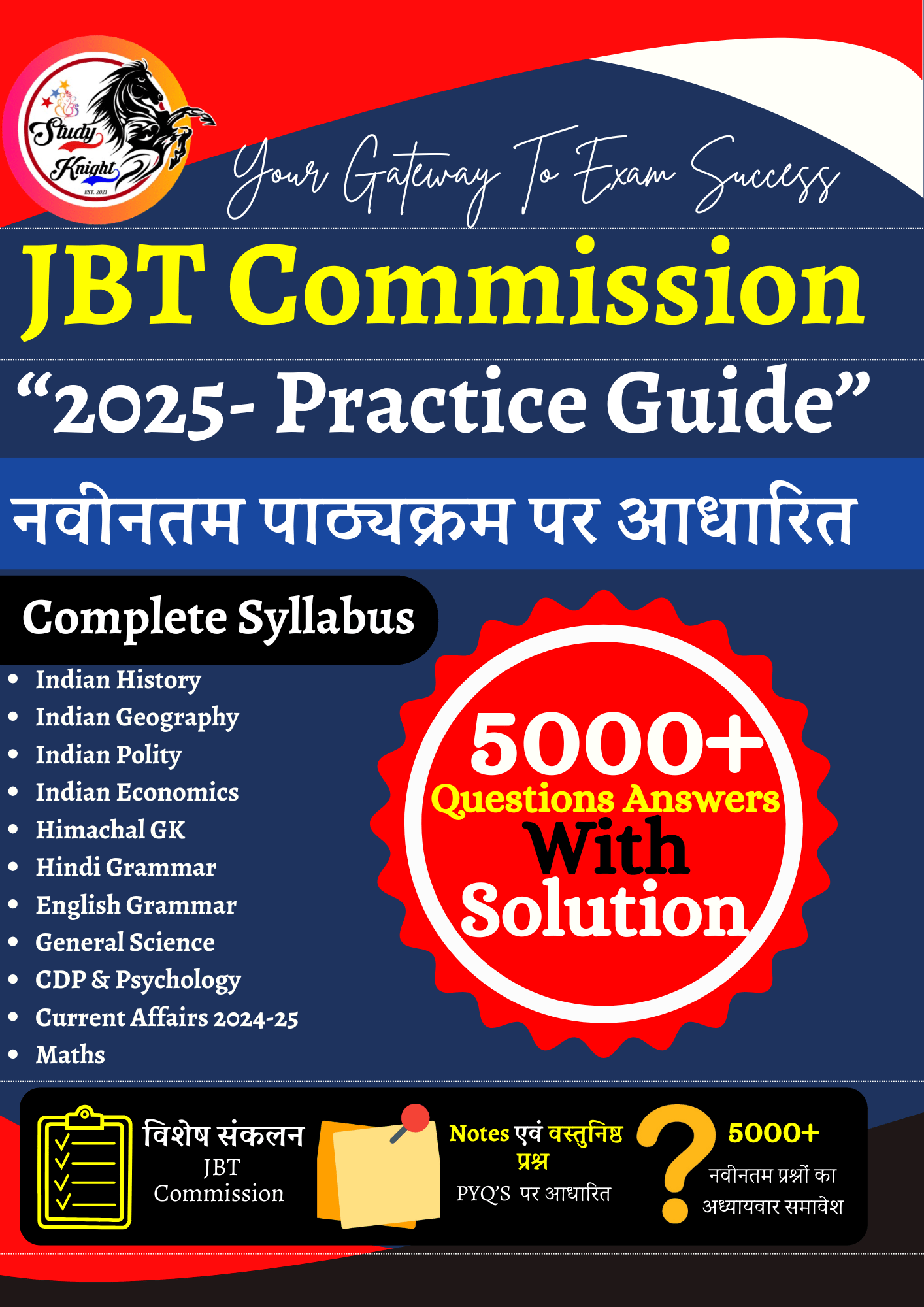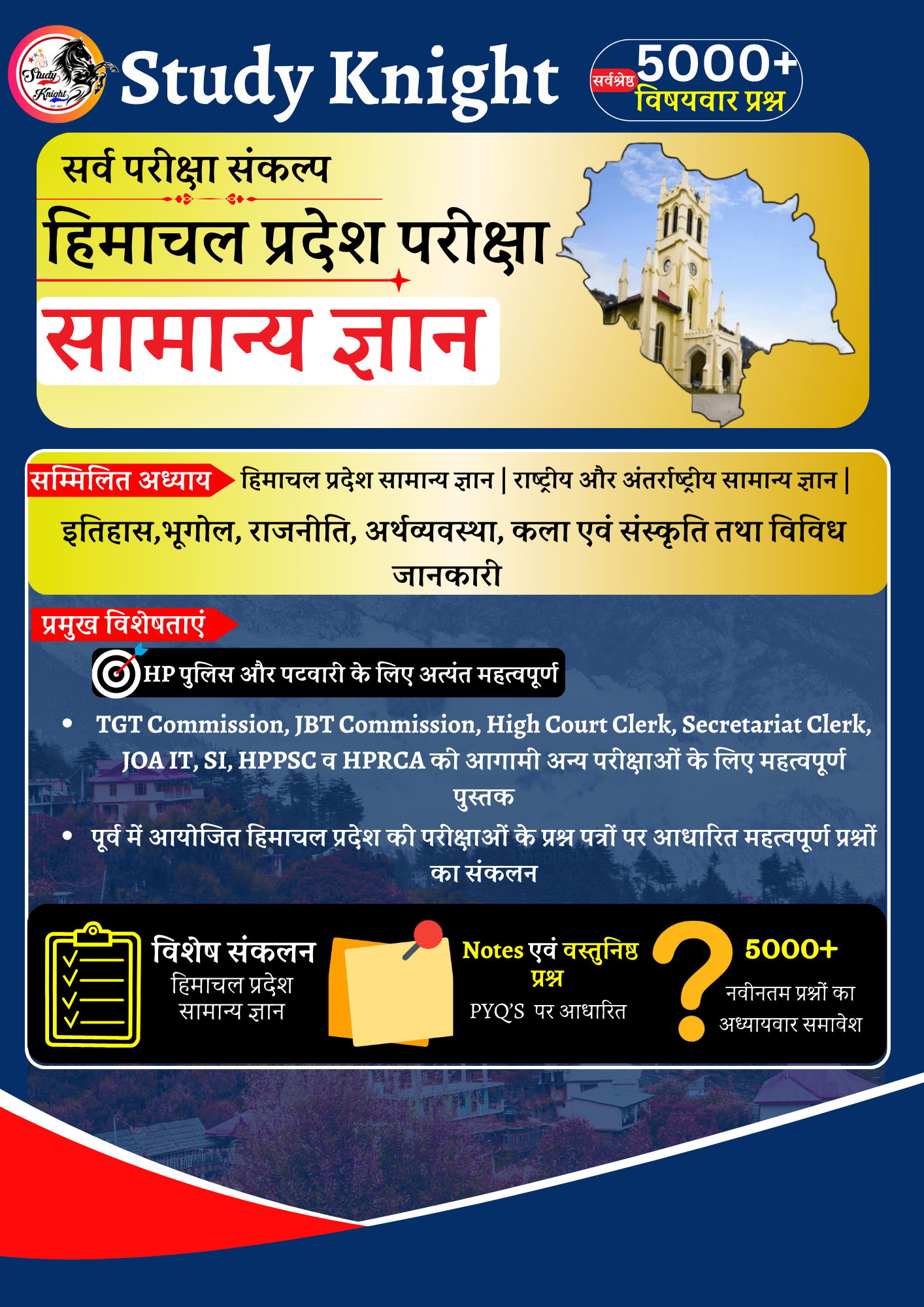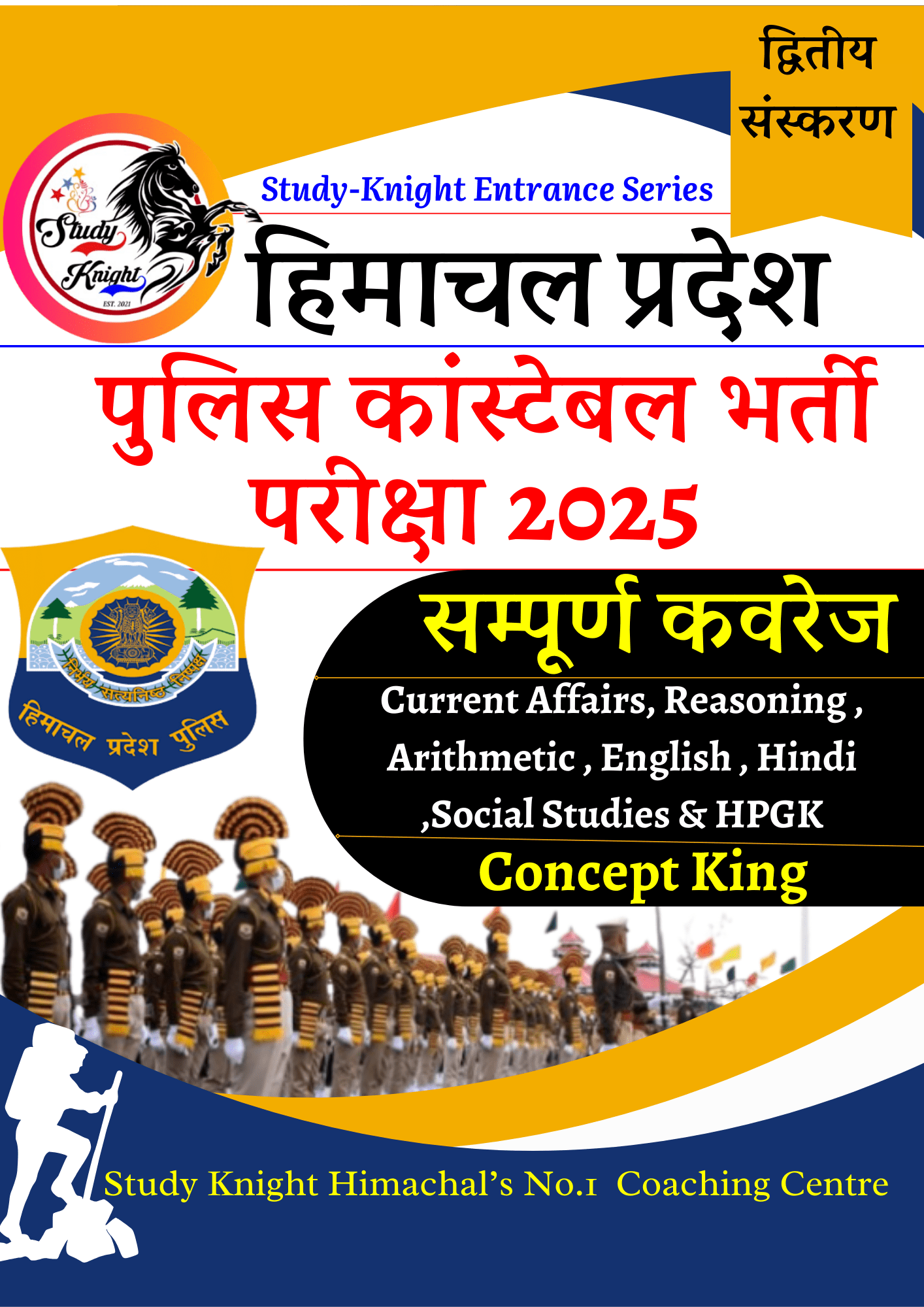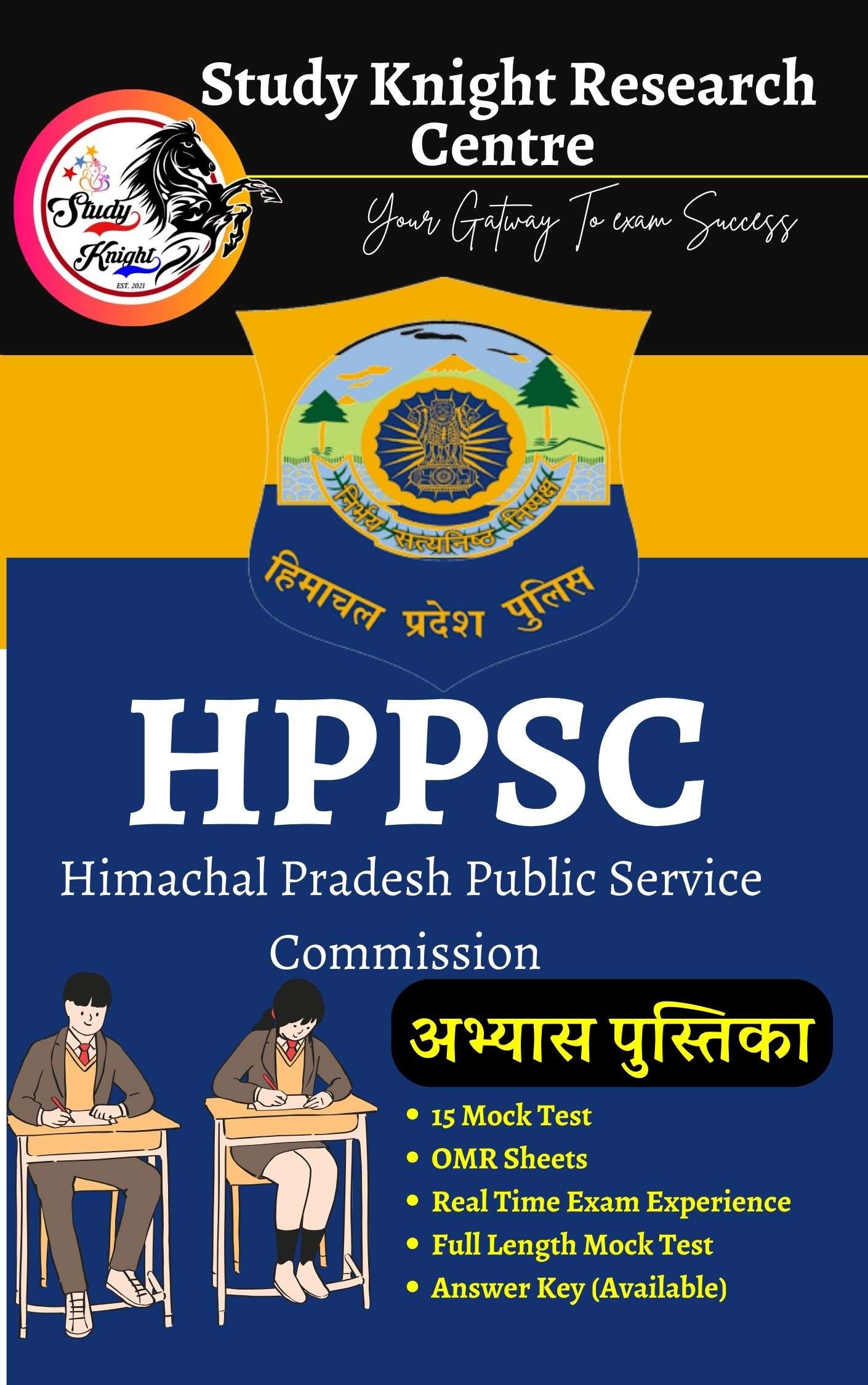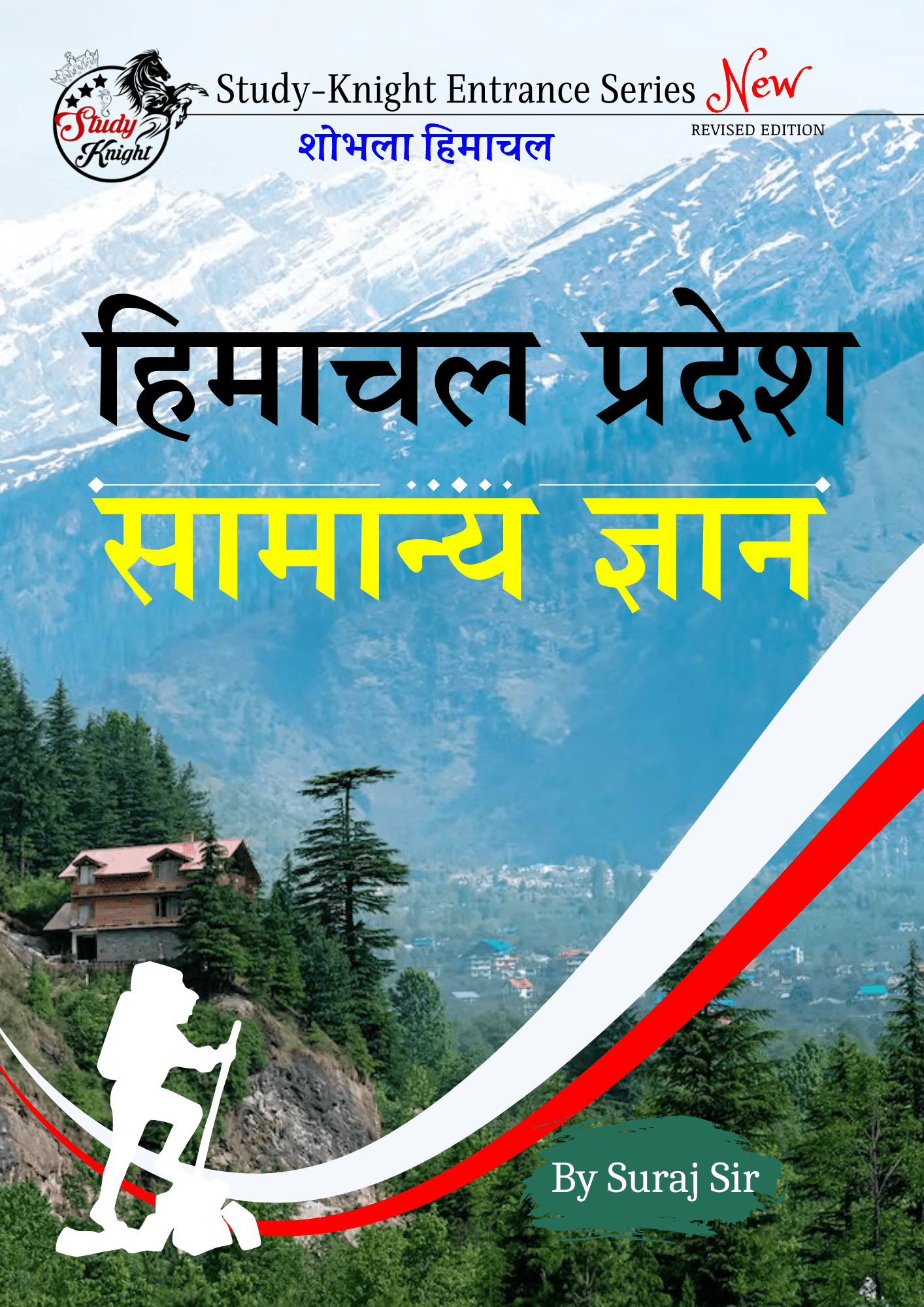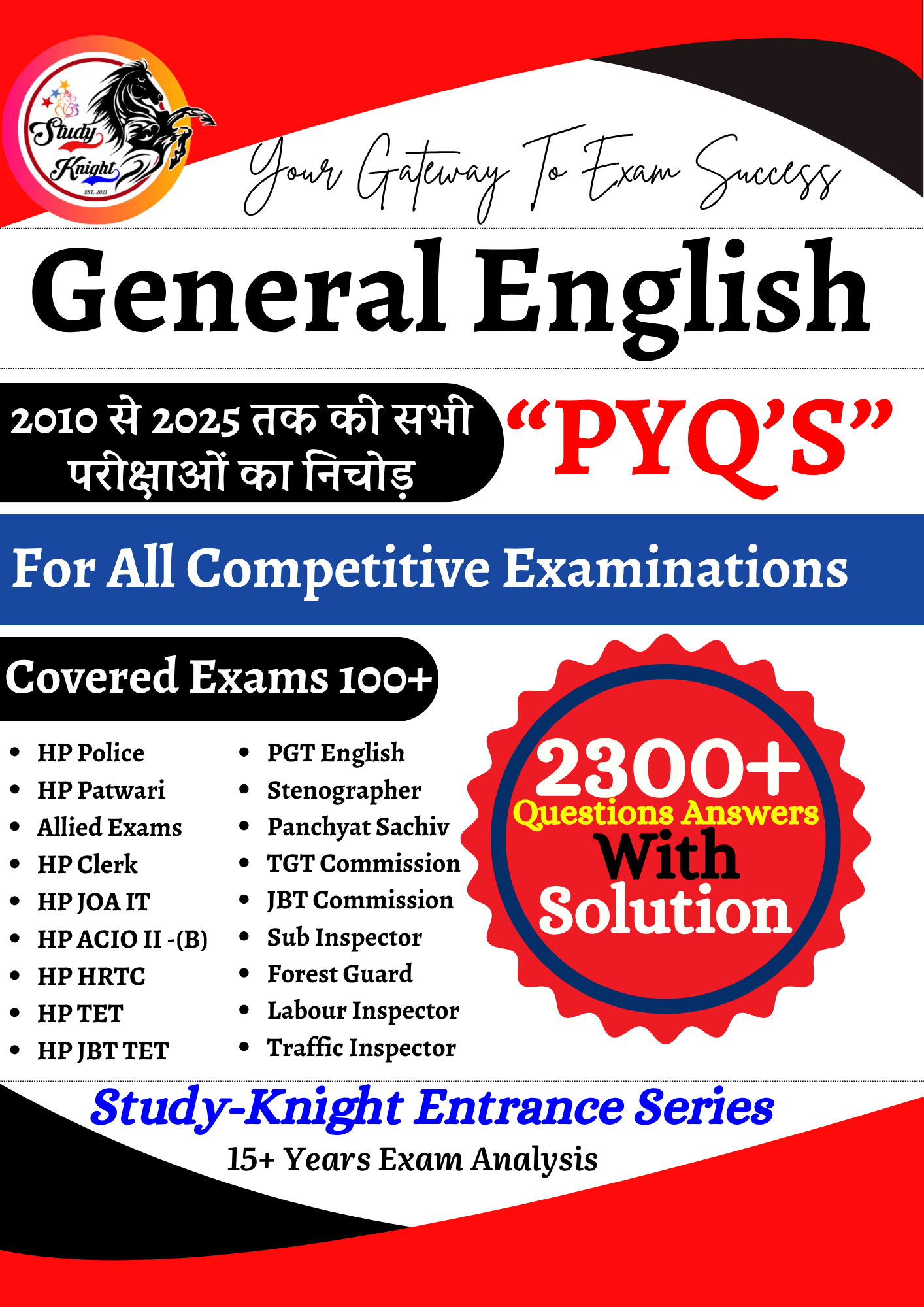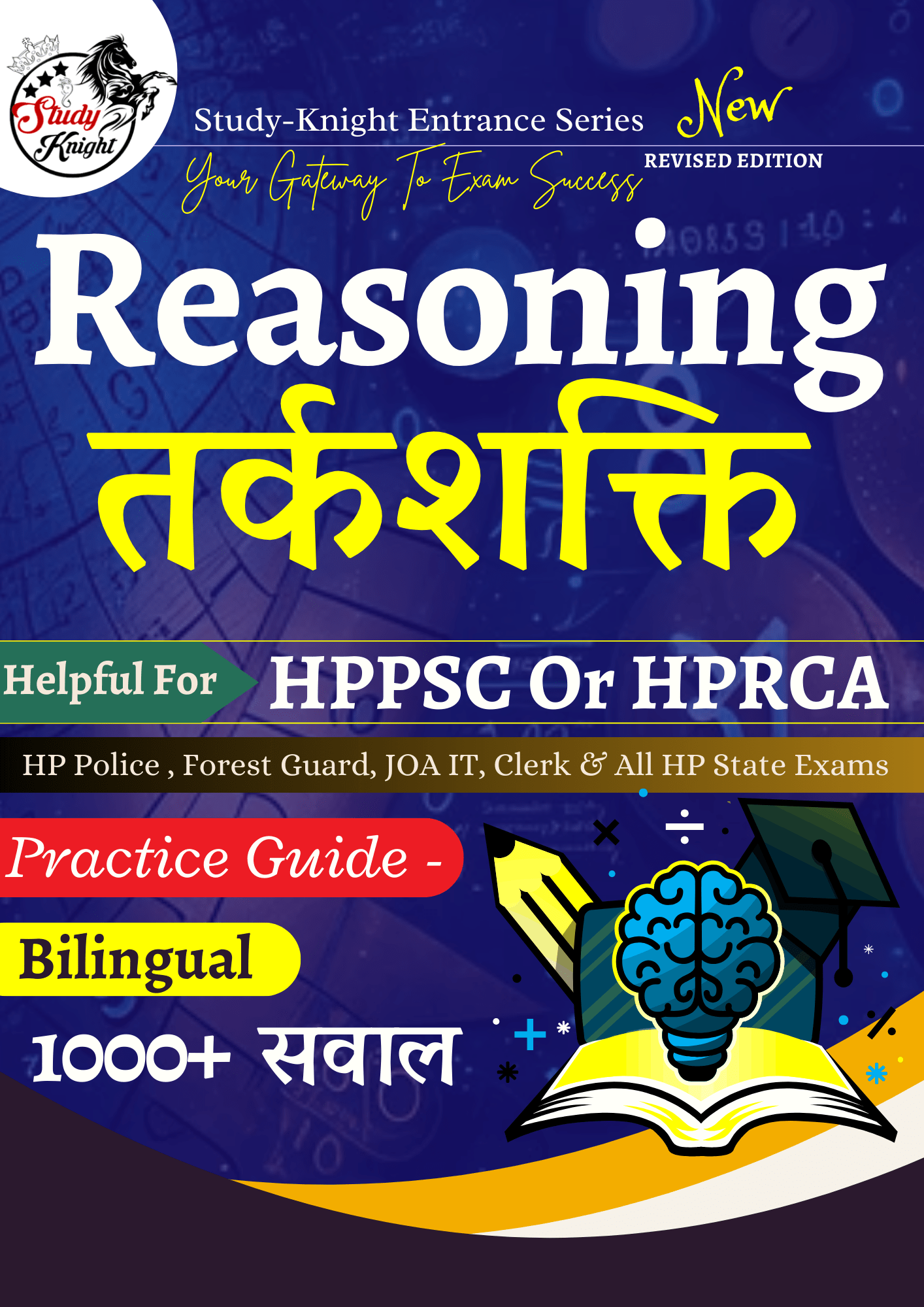Q 1) मुद्रा सवयं का निर्माण करती है ‘ यह परिभाषा किसने प्रस्तूत की ? Money creates itself’ Who presented this definition?
A) मार्शल B) क्राउथर C) क्रोउमर D) हैन्सन
ANSWER: क्रोउमर
EXPLANATION: मुद्रा पैसे या धन के उस रूप को कहते हैं जिस से दैनिक जीवन में क्रय और विक्रय होती है। इसमें सिक्के और काग़ज़ के नोट दोनों आते हैं। आमतौर से किसी देश में प्रयोग की जाने वाली मुद्रा उस देश की सरकारी व्यवस्था द्वारा बनाई जाती है। मसलन भारत में रुपया व पैसा मुद्रा है। • 1. क्राउथर के अनुसार, ‘मुद्रा वह चीज है जो विनिमय के माध्यम के रूप में सामान्यतया स्वीकार की जाती है और साथ में मुद्रा के माप तथा मुद्रा के संग्रह का भी कार्य करे ।’ Currency is that form of money or money that is used to buy and sell in daily life. This includes both coins and paper notes. Usually the currency used in a country is made by the government system of that country. For example, in India, rupee and paisa are currency. • 1. According to Crowther, ‘Money is that thing which is generally accepted as a medium of exchange and also serves as a measure of money and a store of money.’
Q 2) ग्रेशम का नियम’ किससे संम्बन्धित है ? What is ‘Gresham’s law’ related to?
A) उपभोग एवं माँग / Consumption and Demand B) आपूर्ति एवं माँग / Supply and demand C) मुद्रा के प्रचलन / Currency circulation D) घाटे की अर्थव्यवस्था / Deficit economy
ANSWER: मुद्रा के प्रचलन / Currency circulation
EXPLANATION: ब्रिटिश रायल एक्सचेंज के अादि संस्थापक सर थोमस ग्रेशम (सन् 1519-1579) इस विशिष्ट आर्थिक सिद्धांत (सन् 1560) के उद्भावक माने जाते हैं। सर थोमस ग्रेशम के शब्दों के इस सिद्धांत का हिंदी रूपांतर इस प्रकार है: यदि एक ही धातु के सिक्के एक ही अंकित मूल्य के किंतु विभिन्न तौल एवं धात्विक गुणधर्म के एक साथ ही प्रचलन में रहते हैं, बुरा सिक्का अच्छे सिक्के को प्रचलन से निकाल बाहर करता है पर अच्छा कभी भी बुरे को प्रचलन से निकाल बाहर नहीं कर सकता । स सिद्धांत का वर्तमान संशोधित स्वरूप निम्नलिखित है: ‘यदि सभी परिस्थितियाँ यथावत् रहें तो बुरी मुद्रा अच्छी मुद्रा को प्रचलन से निकाल बाहर करती है।’ Sir Thomas Gresham (1519-1579), the original founder of the British Royal Exchange, is considered the originator of this specific economic theory (1560). The Hindi translation of this principle of the words of Sir Thomas Gresham is as follows: If coins of the same metal of the same face value but of different weights and metallic properties are in circulation at the same time, the bad coin will put the good coin out of circulation. It does but good can never drive out bad from trend. The current revised form of this principle is as follows: ‘If all conditions remain the same, bad money drives good money out of circulation.’
Q 3) निम्न में से कौन मुद्रा का कार्य नहीं है ? Which of the following is not a function of money?
A) मूल्य का मापन / Measurement of value B) मूल्य का हस्तांतरण / Transfer of value C) मूल्य का संचय / Store of value D) मूल्य का स्थिरीकरण / Stabilization of price
ANSWER: मूल्य का स्थिरीकरण / Stabilization of price
EXPLANATION: मुद्रा का कार्य लेन देन को इतना सरल और सस्ता बनाना है कि उत्पादन में जितना भी माल बने वह नियमित रूप से वह उपभोक्ताओं के पास पहचंता रहे और भुगतान का क्रम निरंतर चलता रहे। प्रो. चैण्डला के अनुसार किसी आर्थिक प्रणाली में मुद्रा का केवल एक मौलिक कार्य है, वस्तुए तथा सेवाओं के लेन देन को सरल बनाना। ” The function of money is to make transactions so simple and cheap that whatever goods are produced in production, they are regularly identified with the consumers and the process of payment continues. Pro. According to Chandla, there is only one fundamental function of money in an economic system, to facilitate the transaction of goods and services.


